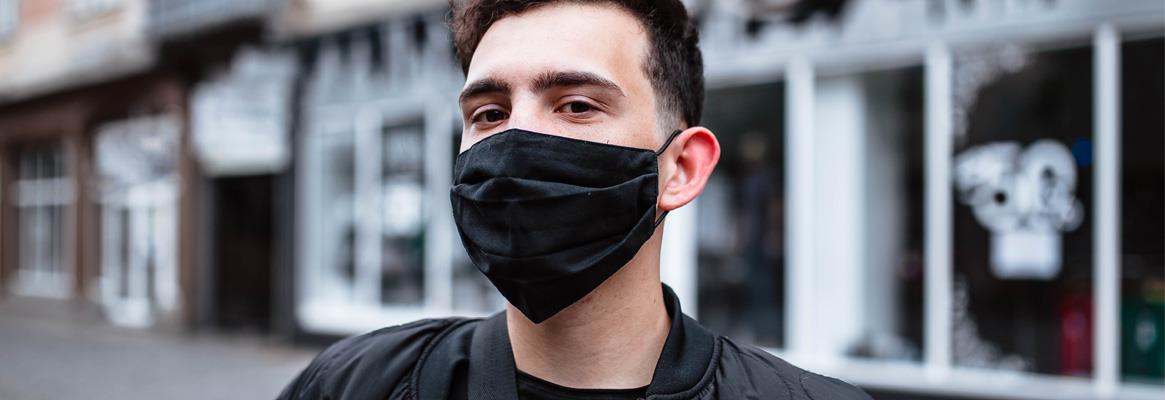The pandemic has brought many changes in our daily lives-the way we function, socialise and dress up. In the new era, masks and protective clothing have garnered much public interest and finding ways into people's wardrobe. It is imperative that demand for antiviral clothing would only rise in future and become a lucrative business.
Technology is at the core of the fashion industry's resurgence in the post-Covid age, from anti-viral clothes to sanitisation closets.
The past year has been a roller-coaster ride. It has altered how we socialise as well as how we dress. Fashion too has undergone a colossal transformation. Masks, which were originally worn for health reasons or to combat pollution, have evolved into a safety and fashion statement, while clothing, which were formerly known solely for their style, have evolved into a component of insurance with advancements such as anti-viral coatings. The pandemic has resulted in protective clothing being a crucial but popular part of one's wardrobe, with masks being nearly as essential as shirts or pants, and anti-microbial and anti-viral apparel being an absolute need. It has also made us realise the importance of buying local.
It is apparent that the global medical textiles industry has experienced an increase in the usage of anti-viral qualities in fabrics used to produce body coveralls and masks to protect frontline warriors from viral infections. And now, apparel firms in India are snatching it up to safeguard their customers from COVID-19.
Fashion and technology have known one other for a long time, but their relationship has taken a step forward with game-changing technologies. This related business has been improving and re-developing at a slower pace, putting forth new things to keep buyers happy and safe through the pandemic. Clothing and fashion businesses are placing a greater emphasis on hygiene and immunity. As a result, categories such as stain-and-odour-free every day wear are currently in high demand. Moreover, anti-viral textile technologies are quickly becoming a trend and might soon become a lucrative revenue source for businesses.
Brands have begun to develop anti-odour everyday wear that does not need to be washed on a regular basis. Your clothes may also be treated with anti-viral, anti-microbial, and insect repellent treatments. Furthermore, businesses have created therapeutic textile treatments aimed at preserving all types of cloth against viruses. The desire for more detailed textures promotes the need for the use of nanotechnology. We have successfully witnessed the semblance of style and innovation combining, for example, Fit-bits and smart watches, and more companies investigating various possibilities for anti-viral and anti-bacterial clothing. Considering the above developments, one thing is certain: domestic brands are all gearing up to treat their textiles with technologies that may protect the wearer against germs and viruses of any kind.
Textile enterprises in other regions of the nation have also explored antiviral fabrics, anticipating significant demand and greater possibilities. Customers are responding positively to the textiles since they have a sense of security with these products. The onus, however, will be on the makers to preserve consumer confidence via quality.
Brands are constantly hoping to develop their textile production machinery, processes, and goods in order to provide better checks and more specific yarns suitable for the current design market. The month-long process of transforming fibre into yarn begins with selecting the best raw materials available, and with nanotechnology becoming increasingly accessible in both natural and synthetic fibres, it will be interesting to see whether the effects of Covid mean the industry moves toward utilising more anti-viral strands. Nanotechnology provides a new technique to work with textural materials. The influence of nanotechnology on textures will be predictable because the synthetic chemicals used in nanotechnology cause an atomic bond with the texture components.
Coronavirus may stimulate growth in the design and material industries by creating new security expectations, experimenting with new inventions, and bringing together disparate firms. Thus, technology is influencing every level of fashion development, and the customer is receiving the benefits. The pandemic has increased people's reliance on technology, and there will be undoubtedly more fascinating inventions in the future.







Comments